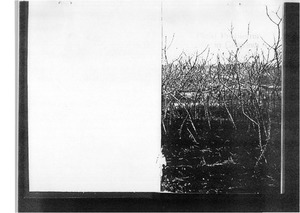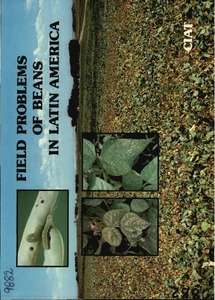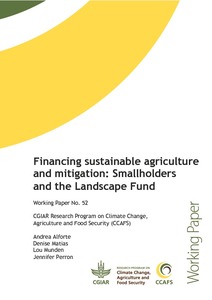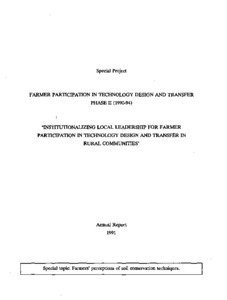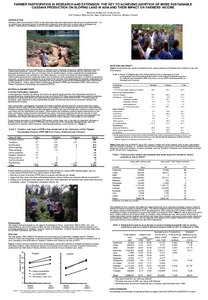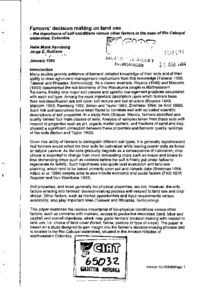uso da terra
AGROVOC URI:
Field problems in cassava
Information on some diseases and pests that attack cassava, as well as the symptoms induced by nutritional deficiencies and toxicities and damage resulting from the misuse of herbicides are given in this manual. Specific and general recommendations regarding the control of the described problems are included. Disease control on a commercial scale is discussed. Formulae suggested for stake treatment before planting and storage and a key for identifying some cassava diseases are annexed. Color photos on symtomatology are included. (AS)
Field problems of beans in Latin America
A description is given of the different factors limiting to bean production in Latin America, type of damage caused, environmental conditions where they prevail, and possible control measures. With regard to diseases, the following are discussed: aphid-, whitefly- and beetle-transmitted viruses, foliage- and pod- infecting fungi, root- and stem-infecting fungi, bacterial diseases, nematodes and seed pathology. Insect pests are grouped according to the part of the plant attacked: seedlings, leaves, pods and the stored seeds.
Financing sustainable agriculture and mitigation
Key messages:
- Smallholder farmers and forestry producers have a crucial role to play in food security, sustainable land use and emissions reductions initiatives.
- Producers and investors alike require appropriate incentive structures to facilitate participation in sustainable land use initiatives.
- A networked financing approach—Inari—may provide an innovative response to financing sustainable land use via intelligent diversification and addressing the finance needs of smallholders.
Factors influencing the incidence of the black bean aphid, Aphis fabae scop., on common beans intercropped with maize
The incidence of the black bean aphid, Aphis fabae check for this species in other resources scop. (Homoptera: Aphididae), and its colonization of common beans (phaseolus vulgaris L.) grown as sole crop and as intercrops with maize ( Zea mays check for this species in other resources L.) of varying growth stages was evaluated in the field and glasshouse. Modification of bean micro-climate and its effects on A. fabae, and the species range and abundance of coccinellid predators (Coleoptera: Coccinellidae) of the aphid were also assessed. Results showed that A.
Faecal excretion by ruminants and manure availability for crop production in semi-arid West Africa
Livestock manure is an important source of nutrients for crop production in semi-arid West Africa. An assessment of the potential of manure to sustain crop production calls for an estimation of the amounts of manure that could be produced and captured and the feed resources required to maintain livestock used for manuring. This paper presents estimates of the amounts of manure produced by cattle, goats and sheep fed ad libitum under confinement. A model is presented to predict the yearly faecal output by grazing ruminants under fluctuating feed supplies.
Farmer Participation Annual Report : 1990
Farmer Participation Annual Report : 1991
Farmers knowledge, attitudes and practices (kap) in Embu and Taita benchmark sites before and after below-ground biodiversity project interventions
In Kenya the belowground biodiversity project was implemented in Embu and Taita which are biodiversity hotspots. The objective of the paper is to present and analyze farmers’ knowledge, attitudes and practices at different timelines of the project, as well as identify factors limiting adoption of the best bet technologies. In early 1960’s when natural forest was cleared for farming activities no farm inputs were introduced in food crops until after 10 years.


